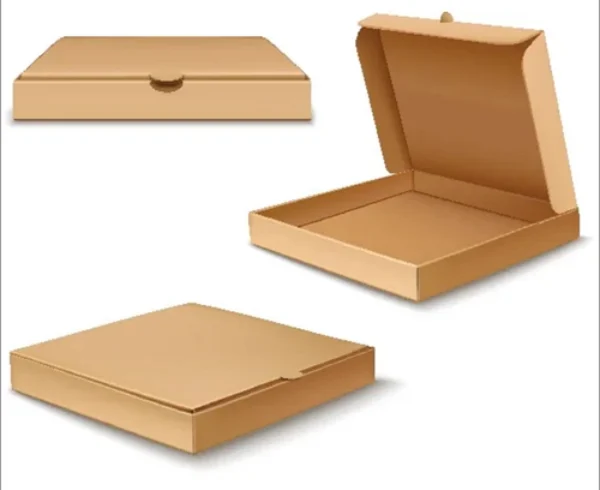The Ways to Follow While Measuring a Box for Shipping

Measuring a box for shipping is an essential step to ensure that your package fits within the carrier’s requirements and arrives safely at its destination. Properly measuring the box’s dimensions and weight will help you determine the appropriate shipping method, calculate accurate shipping costs, and ensure that your package is adequately protected during transit. In this guide, I will walk you through the step-by-step process of measuring a box for shipping, providing detailed instructions and tips along the way.
Gather the necessary tools and materials
Before you start measuring your box, gather the following tools and materials:
- Measuring tape or ruler: Use a measuring tape or ruler with clear markings to accurately measure the dimensions.
- Scale: You’ll need a scale to measure the weight of the package.
- Pen or marker: Have a pen or marker ready to record the measurements.
- Calculator: Keep a calculator nearby to assist with any necessary calculations.
Select an appropriate work area
Find a flat and spacious area where you can work comfortably. Clear the space of any obstacles to ensure accurate measurements.

Prepare the box
If you haven’t already, assemble the box and seal it securely with packaging tape. Make sure all flaps are closed, and there are no openings or gaps.
Measure the length
Place the box horizontally on the work area. Identify the longest side of the box, which corresponds to its length. Take your measuring tape or ruler and measure from one end of the box to the other along this side. Ensure that the tape is parallel to the edge of the box and that it is fully extended and in contact with the box. Record the measurement in inches or centimeters.
Measure the width
Identify the shorter side of the box, which corresponds to its width. Position your measuring tape or ruler perpendicular to the length, aligned with the edge of the box. Measure from one end to the other and record the measurement.

Measure the height
The remaining side of the box is its height. Place your measuring tape or ruler vertically against the edge of the box, measuring from the bottom to the top. Record the measurement.
Calculate the volume
To determine the box’s volume, multiply the length, width, and height measurements. The formula for calculating the volume of a rectangular box is:
Volume = Length × Width × Height
Multiply the recorded measurements together and record the result.
Measure the weight
Place the box on the scale and ensure that it is stable and balanced. Take note of the weight displayed on the scale. If your scale doesn’t provide accurate readings for smaller weights, consider using a specialized postal scale that can measure packages more precisely.
Consider dimensional weight
In addition to the actual weight of the package, many shipping carriers also consider the package’s dimensional weight when calculating shipping costs. Dimensional weight is based on the size of the package and is used to account for lightweight but bulky items. If the dimensional weight exceeds the actual weight, the carrier may charge based on the dimensional weight instead. To calculate the dimensional weight, multiply the length, width, and height of the package and divide the result by a dimensional weight factor provided by the carrier.
Round up measurements
When recording measurements, it’s generally advisable to round up to the nearest inch or centimeter to ensure that you don’t underestimate the box’s size. This helps prevent unexpected shipping costs or issues during transit.
Consider packaging materials
If you plan to ship fragile or delicate items, make sure to account for the necessary packaging materials such as bubble wrap, packing peanuts, or foam inserts. These materials add extra bulk to the package, which may affect the dimensions and weight.
Choose an appropriate shipping method
Based on the measurements and weight of the package, research the shipping options available to you. Different carriers and services have varying size and weight restrictions, so it’s essential to choose a shipping method that accommodates your package’s dimensions and weight.
Add necessary labels and markings
Before shipping your package, ensure that you include all required labels and markings. These may include the recipient’s address, your return address, and any additional shipping labels or instructions provided by the carrier.
Protect and secure the package
Use appropriate packaging materials to protect the contents of your package during transit. Consider using bubble wrap, packing peanuts, or foam inserts to provide cushioning and prevent damage. Use strong packaging tape to seal the box securely.
Weigh and measure the final package
After packaging your items securely, weigh and measure the final package to ensure that it still meets the carrier’s requirements. Double-check the dimensions and weight, and make any necessary adjustments.
Compare shipping options and cost
With the accurate measurements and weight of your package, compare the available shipping options from different carriers. Consider factors such as cost, delivery speed, insurance coverage, and tracking services to select the most suitable shipping method for your needs.
Address any additional shipping requirements
Some packages may require additional handling due to their contents or destination. Check if any special shipping requirements, restrictions, or documentation are needed for your specific package, such as customs forms for international shipments.
Schedule a pickup or drop-off
Once you have selected the shipping method, arrange for package pickup or drop-off according to the carrier’s instructions. Follow any guidelines provided to ensure a smooth shipping process.
Keep a record of measurements and tracking information
Before sending off your package, make sure to keep a record of the measurements, weight, and tracking information. This will be helpful for reference in case any issues or inquiries arise during transit.
By following these step-by-step instructions, you can accurately measure your box for shipping and ensure that it meets the carrier’s requirements. Proper measurement and packaging will help protect your package during transit and provide a smooth shipping experience for both you and the recipient.




Leave a Comment